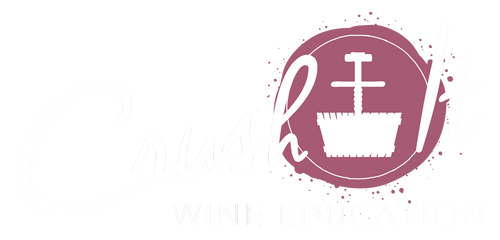
Wine Profile: Sauvignon Blanc
Sauvignon Blanc is another one of those confusing grapes that goes by more than 6 different names. Mostly you can blame those persnickety French who don’t label their wines by the grapes. Instead, they label by the regions that they come from, and as such those regions’ names soon become synonymous with the wine. But, the French aren’t the only ones that confuse the matter, California got into that game too. So grab a glass of Sancerre, Pouilly Fumé, Fume Blanc, or whatever it is that you want to call it. And let’s learn about Sauvignon Blanc.
TO BLEND OR NOT TO BLEND THAT IS THE QUESTION
Both Bordeaux and the Loire Valley in France claim to be their birthplace of Sauvignon Blanc. While it is an important grape in both regions, the Loire Valley is really where it shines. No blending is permitted there so all wines must be 100%, Sauvignon Blanc. This is the area where some of the most famous Sauvignon Blanc in the world come from and two of its aliases, Sancerre and Pouilly Fumé. Here the wine is light, clean, bright, and intensely herbal. Sauvignon Blanc also plays a role in Bordeaux, but it is almost always blended with Sémillon. Sémillon has more richness and body and the blend of the two helps to balance out some of the tart acidity of the later.
HOME IS WHERE THE TASTE IS
France may be the birthplace of Sauvignon Blanc, but there is another region that rivals France’s fame, New Zealand. Though planted in New Zealand for significantly less time than France, it has quickly become the countries claim to fame. Today it is the most widely planted grape varietal in the country, accounting for about 1/3 of the acreage planted. Here the grape shines, most notably tasting of grass, green pepper, jalapeño, and passion fruit.
Then there is California which brings with it yet another alias, Fumé Blanc. Fumé Blanc was named by Robert Mondavi to avoid the negative stigma of Sauvignon Blanc once endured in America in the 1960s. Today, most of the winemakers seem to go out of their way to play down the herbal quality of the grape. It is also not uncommon to see a blend of Sauvignon Blanc with Sémillon much like in Bordeaux. Another technique often used is to age or partially age the grape in oak. This is a practice rarely used in both France and New Zealand. Making California’s version as unique as the state itself, expressing tropical, citrus, and bright acidity in addition to rich complex styles.
A WILD SAUVIGNON BLANC CAN’T BE BROKEN
So no matter what you call it, what does it taste like? The name, the original name Sauvignon Blanc, comes from the French word Sauvage, which means wild. And wild sums up the flavors of this wine pretty well. It is essentially the exact opposite of Chardonnay, it is tart and bright and herbal with a big streak of acidity. There are no tame flavors here, straw, hay, grass, meadow, smoke, green tea green herbs, and gunflint. Perhaps one of the best descriptors of Sauvignon Blanc is cat pee. Something which doesn’t sound appealing but that wild, tangy smell is actually considered a good quality unless it is extreme.
It is exactly these wild flavors and the central core of acidity that make Sauvignon Blanc a good match for food. Because of those untamed flavors, Sauvignon Blanc is a good match for spicy or assertive dishes. Not something very many wines can claim. It predictably goes really well with anything that focuses on herbs or bright greens. This includes a multitude of salads and even soups ((another notoriously difficult dish to pair with). So no matter what you want to call it don’t overlook it when looking for a crisp, wild wine to pair with something equally unruly that you cooked up.
WANNA TRY FOR YOURSELF?
Shop Sauvignon Blanc








